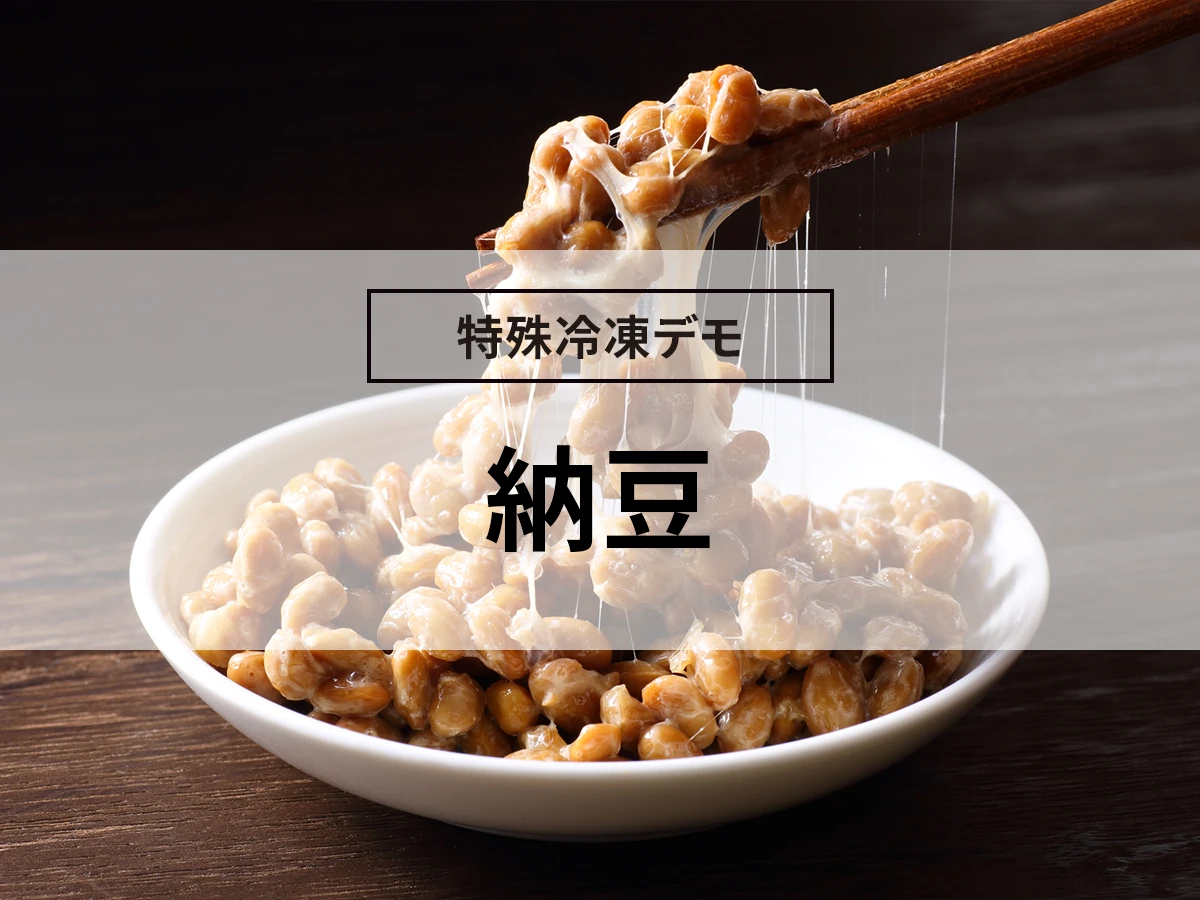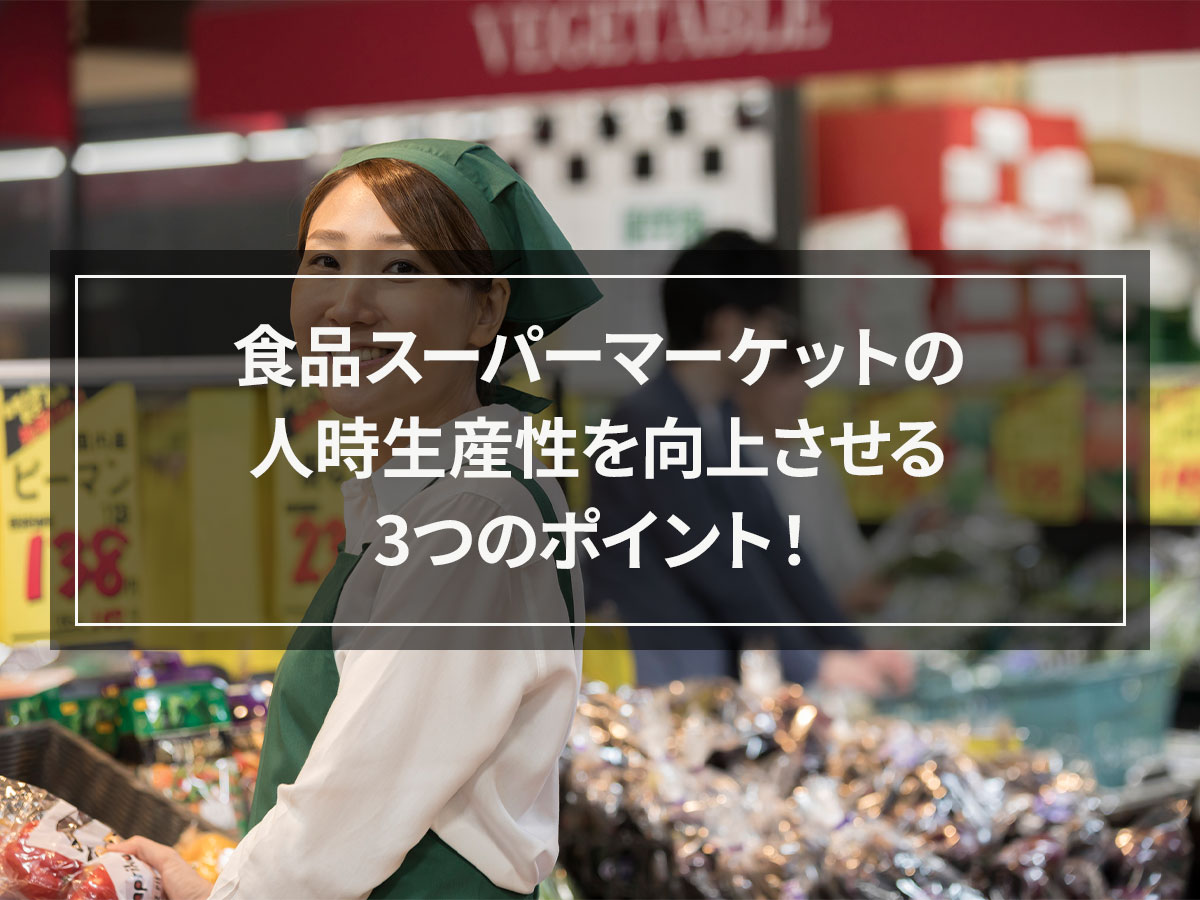Thorough explanation of how to make frozen foods! What is the secret to high quality and long-term storage?
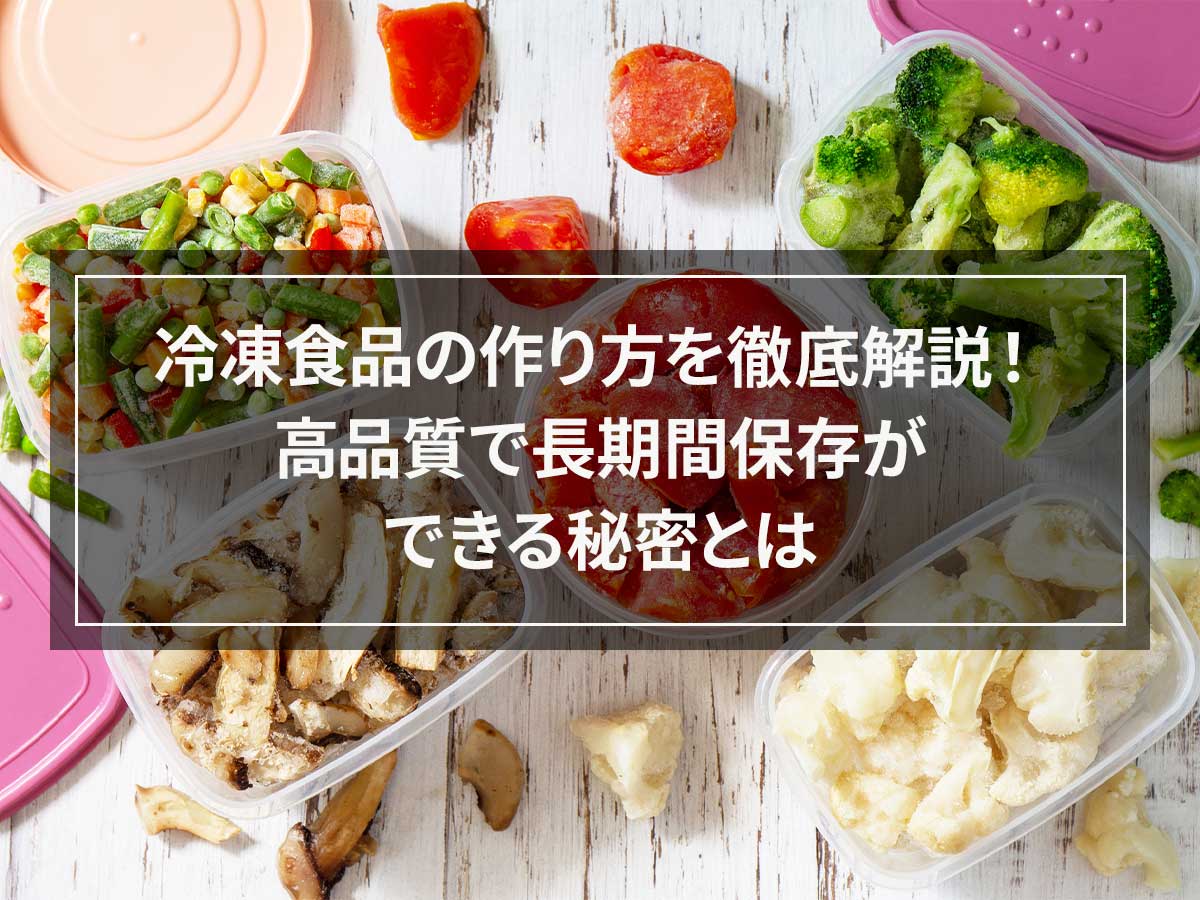
Do you know how frozen foods are made?
In recent years, the market size of frozen foods has continued to grow. In particular, the demand for this product has increased significantly due to the spread of the new coronavirus, and it can be said that it has become widely accepted by consumers.
So, how can we make delicious frozen foods that can be stored for a long time?
In this article, we will explain the conditions that frozen foods must meet and how to make them. Please watch till the end.
目次
What are the four conditions that frozen foods must meet?

To be sold as frozen food, ingredients/food must meet all four conditions below.
1. Edible parts only
The first condition for frozen food is to freeze only the edible parts of the food. On behalf of the consumer, the frozen food vendor pre-processes the food, including cleaning and cutting the food and removing fish bones. Therefore, fish that are frozen with inedible parts such as the head and internal organs left are not included in frozen foods.
The advantage of using frozen foods is that there is no need to dispose of inedible parts in restaurant kitchens or at home, and food waste can be reduced.
2. rapid freezing
The second condition is that the pre-processed food is rapid freezing. rapid freezing is a freezing method that allows food to pass through a temperature range of -1 to -5 degrees Celsius within 30 minutes, where the water in the food turns into ice cubes.
Food tissue is destroyed during the freezing process, so if you freeze food at normal speeds, it is inevitable that the quality will deteriorate and the taste, appearance, and texture will deteriorate. On the other hand, with rapid freezing, food can be frozen quickly before its quality changes.
3. Pack properly
The third condition is that the food be packaged appropriately to prevent it from drying out, losing its shape, and getting dirty during the distribution process. No matter how well the food is pre-treated and rapid freezing, if it deteriorates during distribution, it will be useless.
Food packaging must also be properly labeled with food information. The content that must be displayed is stipulated by law, and there are various items such as product name, ingredient name, cooking method, nutritional information, etc., so we must be careful not to omit anything.
4.Storage and distribution below -18 degrees
The fourth condition is that food must always be stored and distributed at temperatures below -18 degrees Celsius to ensure that the quality of the food does not deteriorate during transportation.
The Food Sanitation Act sets a standard temperature of -15 degrees, at which harmful microorganisms cannot reproduce. However, minus 15 degrees Celsius is a temperature at which food will not spoil, and it does not mean that it will retain its taste and flavor.
Therefore, the Japan Frozen Foods Association (General Incorporated Association) has established the "Voluntary Handling Standards for Frozen Foods" as a voluntary standard in order to maintain better quality. Below -18 degrees is the temperature determined by this voluntary standard. Furthermore, Codex, the international food standard, stipulates that food must be kept at -18 degrees Celsius or below.
How to make frozen food in a factory

How are frozen foods manufactured in factories? Based on the four conditions mentioned above, we will explain the manufacturing process at the factory.
1. Pretreatment and cooking of food and ingredients
First, preprocess and cook the food so that only the edible parts of the food are frozen. There is no common pre-processing method for all foods, as there are a wide variety of foods to be frozen, and the optimal method is different for each. After pre-processing the ingredients, we perform cooking such as mixing the ingredients, frying, steaming, and seasoning.
For example, if you want to sell frozen fried fish, you would do the following:
- Select fresh fish
- wash the fish
- Remove inedible parts such as the head, scales, fins, internal organs, and bones.
- Cut into fillets or grated
- Add breadcrumbs, etc. to make it ready for frying
Also, when producing frozen vegetables, a heat treatment called ``blanching'' is often performed. Blanching not only sterilizes microorganisms attached to food, but also inactivates enzymes in vegetables and prevents discoloration and deterioration.
2.Quick rapid freezing and inspection of food
Once pre-treatment and cooking are completed, rapid freezing of ingredients and food products can begin immediately. It must be frozen in a special rapid freezer, so that the food passes through a temperature range of -1 to -5 degrees within 30 minutes.
Frozen foods and ingredients may also be inspected to ensure that no foreign substances have been mixed in during the cooking and processing stages. In addition to mechanical weight inspections, metal inspections, and X-ray inspections, visual inspections are also conducted.
3.Product packaging
Next, the frozen foods and ingredients are packaged. The type of packaging that is appropriate varies depending on the product, so it is necessary to determine the optimal packaging for each product. It is important to choose packaging that matches the characteristics and shape of the food/ingredients from a variety of packaging options, such as vacuum packaging, pouch bags, and plastic trays.
As mentioned above, the packaging must properly display information about the product. Check in advance for any omissions or errors in the information.
4.Storage and distribution under temperature control
Once packaging is complete, the products are stored and distributed under strict temperature control. To maintain the quality of food and ingredients, storage and distribution at temperatures below -18 degrees are essential, so consideration must always be given to the temperature range.
Even if food can be stored at -18 degrees Celsius or lower at the factory, if the temperature rises during transportation, bacteria may grow and the food may become oxidized. In order to avoid such situations, it is necessary to construct an optimal cold chain (carrying out the flow from production to consumption at low temperatures and under optimal temperature control).
What performance is required of rapid freezer for manufacturing frozen foods?
Up to this point, we have introduced the general manufacturing procedure for frozen foods. One of the most important pieces of equipment needed to produce frozen foods is rapid freezer.
So, what points should you consider when choosing rapid freezer?
From here, we will introduce the important factors of "quality" and "cost performance" when selecting rapid freezer.
1.Quality
The first factor is quality.
The quality of frozen foods greatly depends on the performance of rapid freezer. In order to improve the quality after thawing, the key points are 1) the speed of freezing, and 2) the amount of damage to the food (drying, oxidation, etc.).
Faster freezing speeds can reduce cell damage and improve quality after thawing. Even if the freezing speed is fast, if the food is damaged by drying or oxidation, quality deterioration such as discoloration and odor will occur.
Therefore, rapid freezer is best because it freezes quickly and causes less damage to the food.
2.Cost performance
The second factor is cost performance.
Even if the quality is high, if the initial cost and running cost are too high, it will be necessary to pass that on to the price of the product.
Especially when it comes to frozen foods that are used on a regular basis, if the price increases, it will not lead to repeat purchases, and as a result, it will be difficult to generate profits.
Therefore, it is very important to select rapid freezer with high cost performance.
Why Artlock Freezer is the best choice for manufacturing frozen foods

The recommended model for rapid freezer for producing frozen foods is the ``Artlock Freezer''. Below, we will explain the appeal of Art Lock Freezer.
rapid freezing keeps the taste intact
Conventional rapid freezer freeze food by blowing strong cold air from one direction, which inevitably leads to quality deterioration such as uneven freezing, drying of the food, and cracking of the meat.
On the other hand, the Artlock Freezer uses flash freezing technology that fills the refrigerator with microscopic cold air, which does not cause any damage to the food. It prevents drying, discoloration, and drops, and allows you to freeze food while maintaining its fresh taste and appearance.
Artlock freezers have been introduced by many food companies, including restaurants and food manufacturers. It can be said that its ability is certain, as it has been introduced in Michelin-starred restaurants.
High cost performance
Artlock Freezer is equipped with AI automatic control.
It automatically adjusts to the optimal freezing settings according to the type, temperature, and amount of food input, enabling energy-saving and efficient rapid freezing. It can be introduced and operated with low initial cost and running cost.
In addition, since the system automatically operates without putting a load on the system, the risk of failure due to unreasonable operation is reduced, and repair costs can also be expected to be reduced.
Conclusion
In order to be sold as frozen food, four conditions must be met regarding food parts, freezing methods, packaging, distribution management, etc.
Among these, rapid freezing is an important process for maintaining food quality. Quality and shelf life can vary greatly depending on the type of rapid freezer used in manufacturing.
When choosing rapid freezer to use for manufacturing frozen foods, don't compromise and choose the best one.
Among them, the ``Art Lock Freezer'' can quickly freeze food and ingredients while preserving their freshly made taste.
If you are interested in Art Lock Freezer, please take a look at the materials.








![[Storage period increased by 30 times! ] Achieving a stable supply of raw whitebait!](https://shunkashutou.com/wp-content/uploads/2016/11/579c55e6d32e1385c250e8e7c3ed59a71.jpg)
![[Sales increased 100 times! ] rapid freezing the signature menu “Ni-katsu sandwich”!](https://shunkashutou.com/wp-content/uploads/2016/11/IMG_02391.jpg)
![[Horse sashimi] We have significantly reduced waste loss with rapid freezer!](https://shunkashutou.com/wp-content/uploads/2016/11/5fda59d0cbcdabde18e58c3c58c09ed0.jpg)




![[Storage period increased from 3 days to half a year! ] Restaurants are expanding their business using wholesale and mail order!](https://shunkashutou.com/wp-content/uploads/2018/04/66c19942ab4ba346fdb64ccc04cde373.png)
![[Reduce loss from 200 kg of oysters to zero] Improve loss and expand business with rapid freezer](https://shunkashutou.com/wp-content/uploads/2018/06/19785ca583a8d3c4041c7c192d041b0d.jpg)
















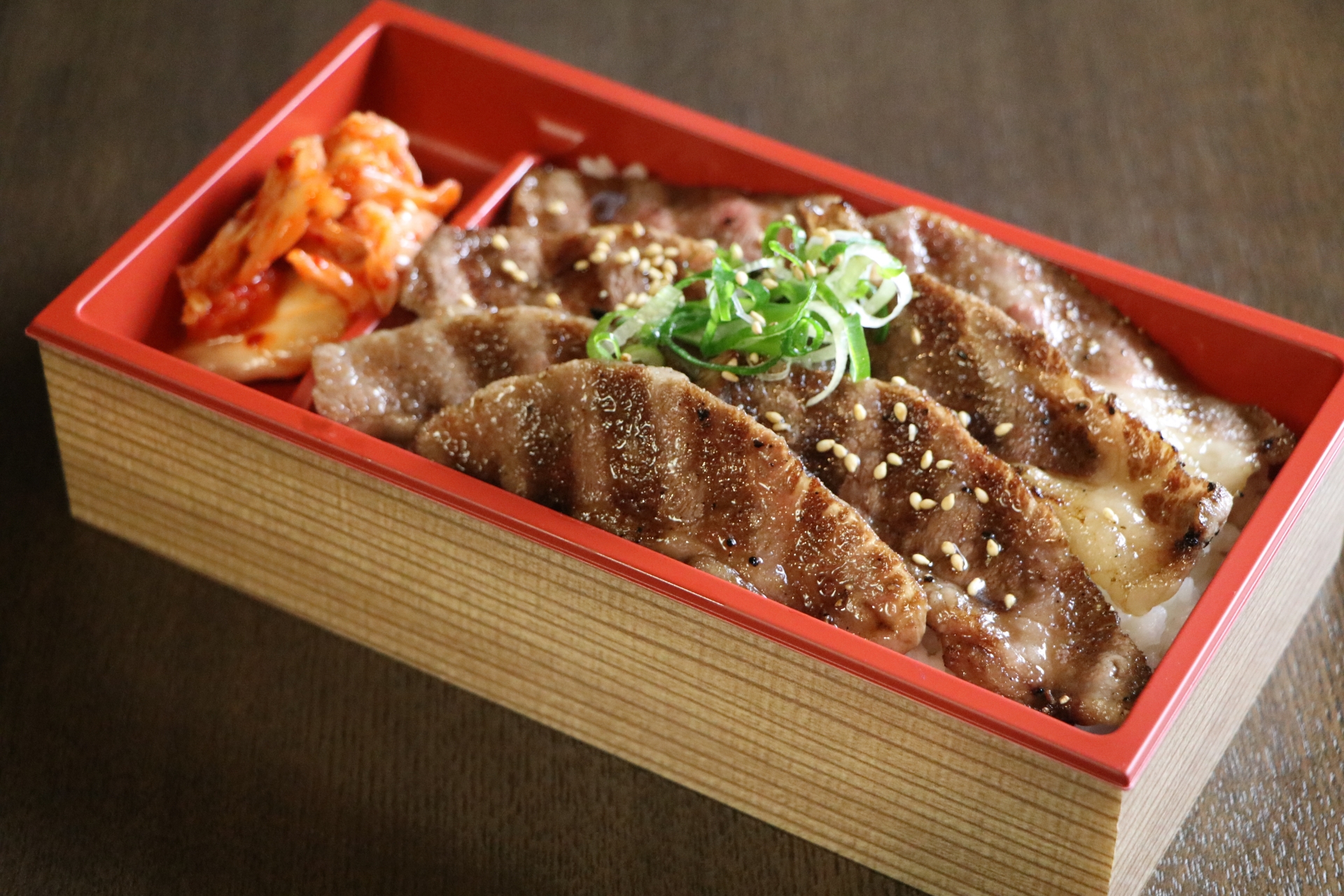
![[Delicious frozen foods] How to use them in lunch boxes, dinners, and snacks](https://shunkashutou.com/wp-content/uploads/2023/08/frozen-food-1024x683-1.jpg)
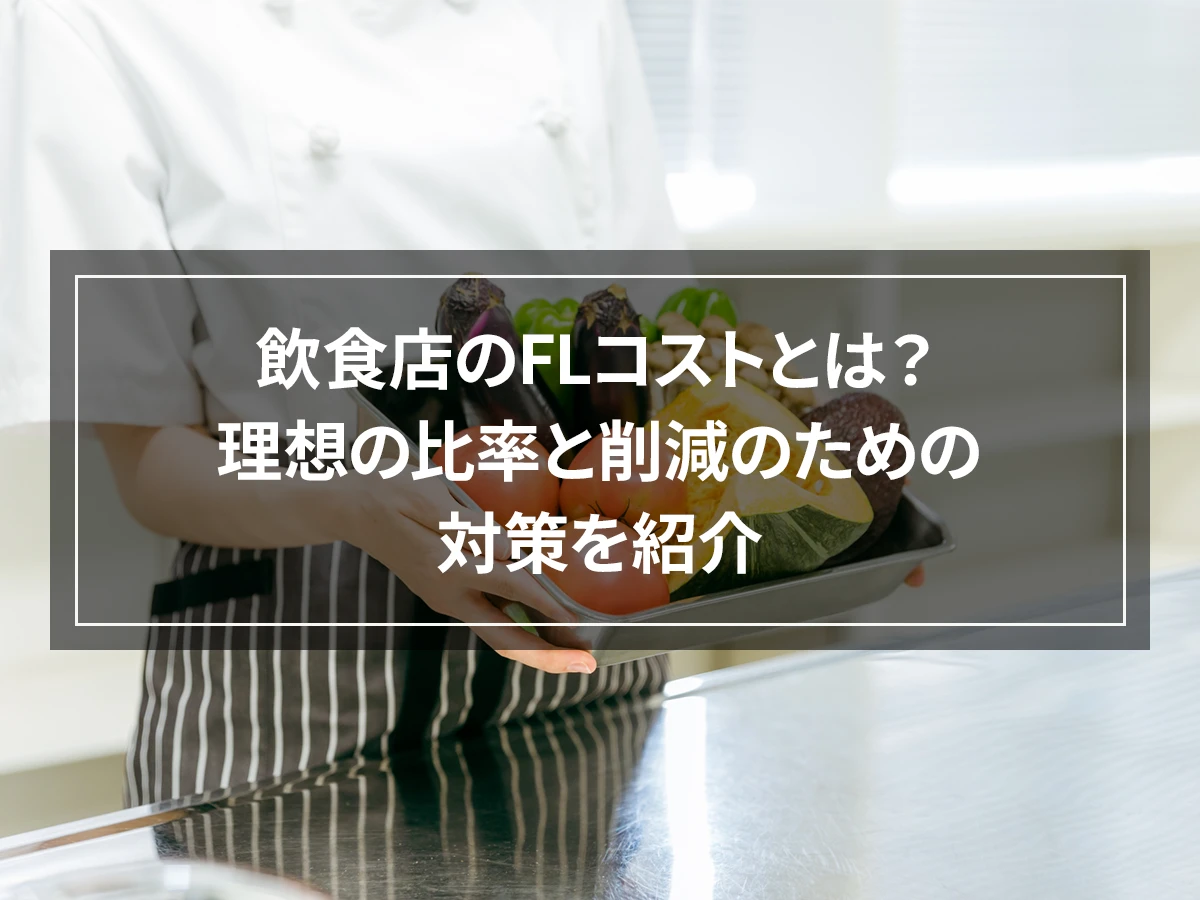
![[Thorough guide to preserving meat] Preservation methods, expiration dates, thawing methods, rapid freezing](https://shunkashutou.com/wp-content/uploads/2023/09/ec61889773cfed9c75aa97d9ca6c96dd-1.jpg)
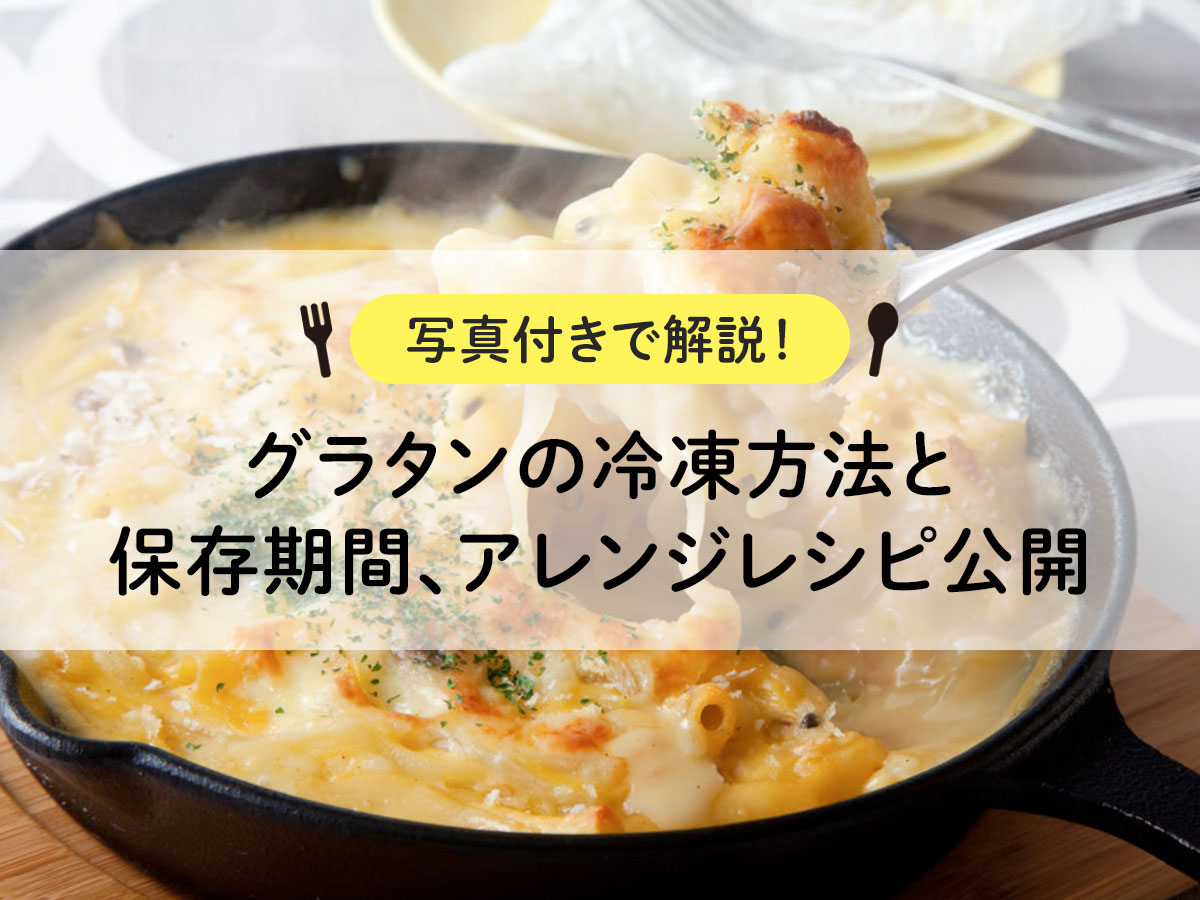
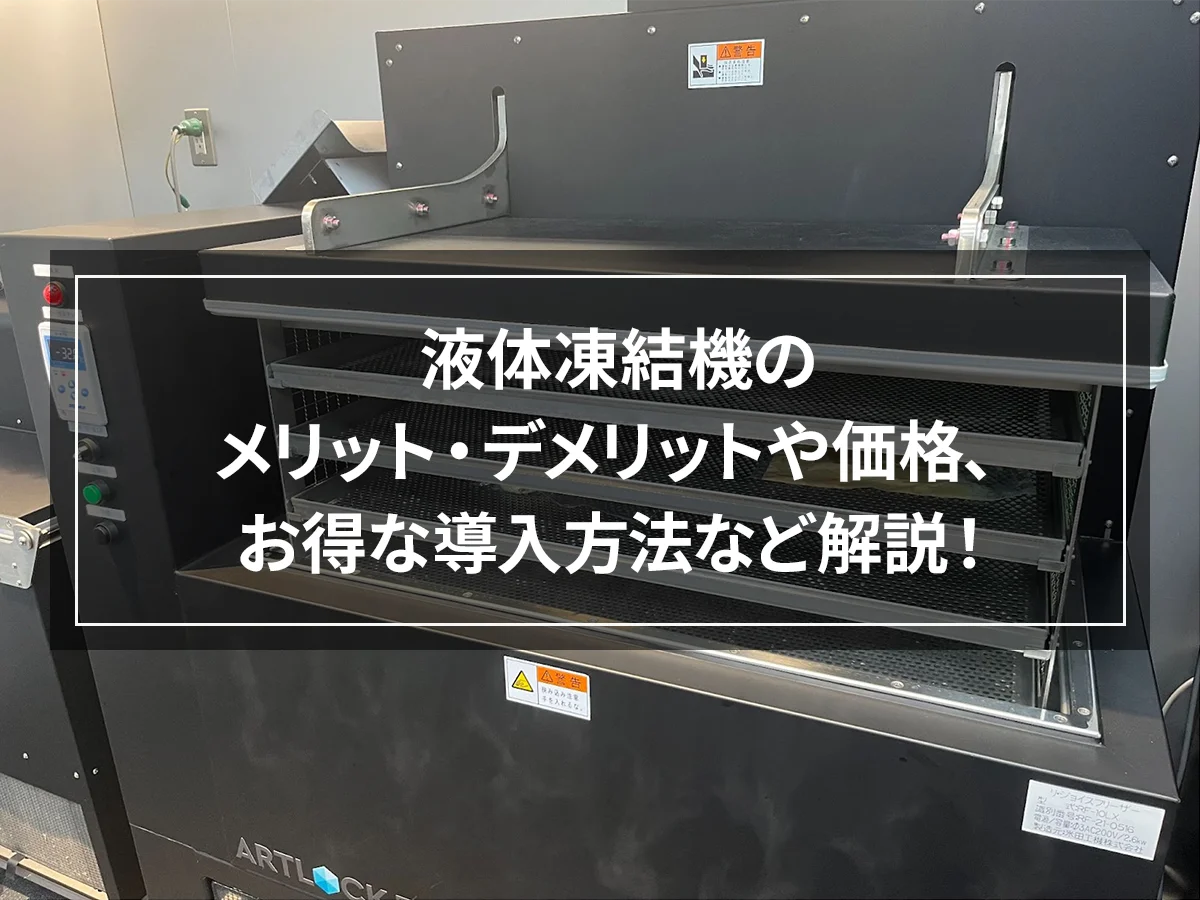
![Shock freezer prices and reasons why we can't recommend used ones [What's the difference from a blast chiller? ]](https://shunkashutou.com/wp-content/uploads/2019/09/f76c6907f41d0b092e20d0924e5f27c9.webp)

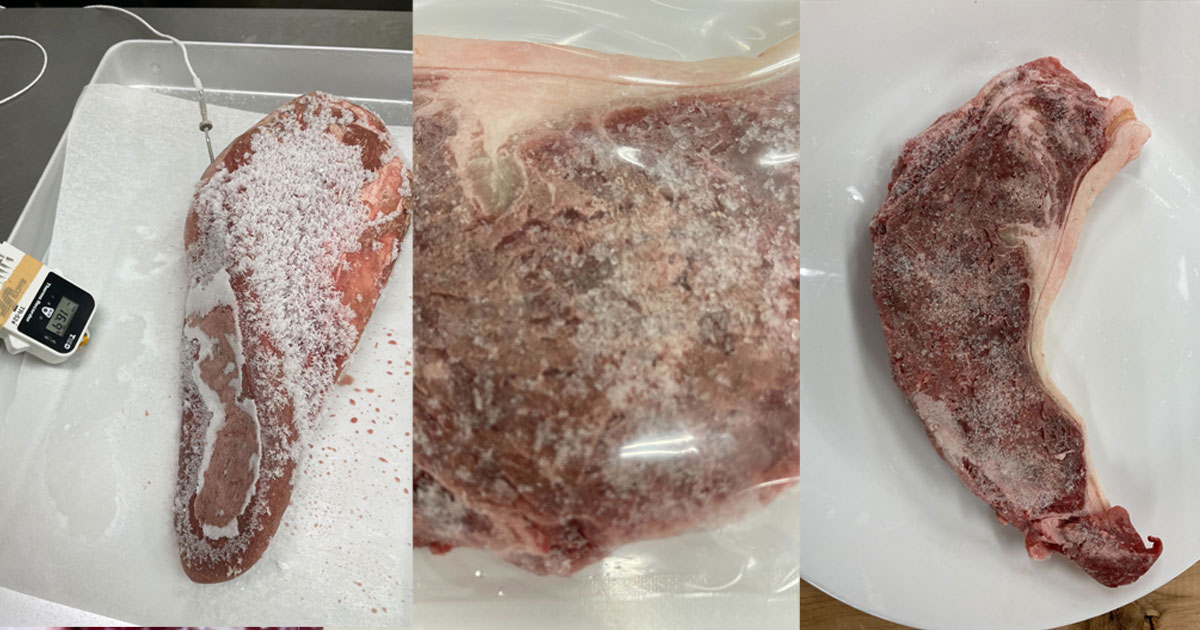

![[Commercial rapid freezer] Explaining the features, size, and price of Panasonic rapid freezing](https://shunkashutou.com/wp-content/uploads/2021/01/panasonic.jpg)
![[Commercial use] Thoroughly investigate the cause of frost forming in the freezer! How to prevent frost formation?](https://shunkashutou.com/wp-content/uploads/2024/08/09c17e4deeb1ac0cdc5a513eaf89ab1a.webp)

![Introducing how to freeze/thaw salmon roe and how long to store it [includes carefully selected recipes]](https://shunkashutou.com/wp-content/uploads/2023/09/236b884b68d07d2f5983f2b9ea66583d.jpg)
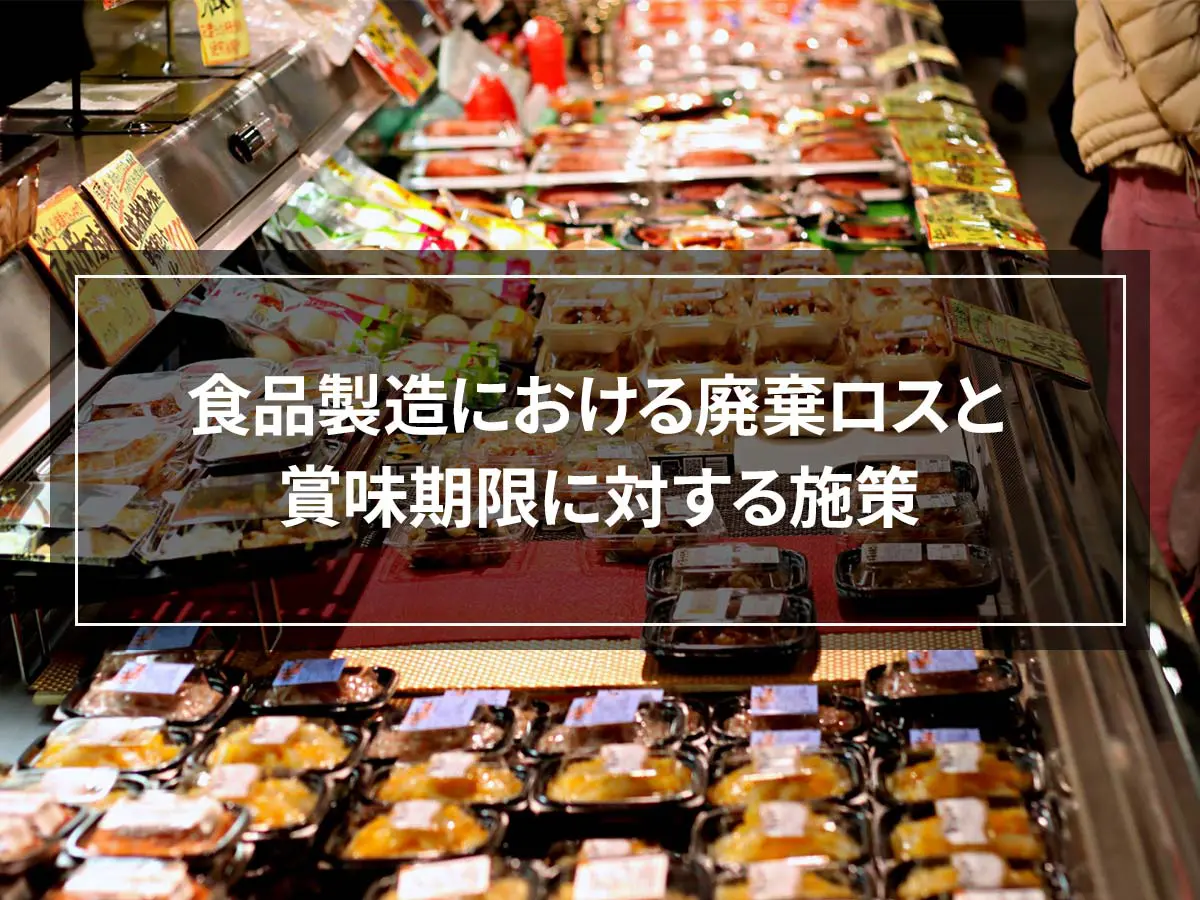
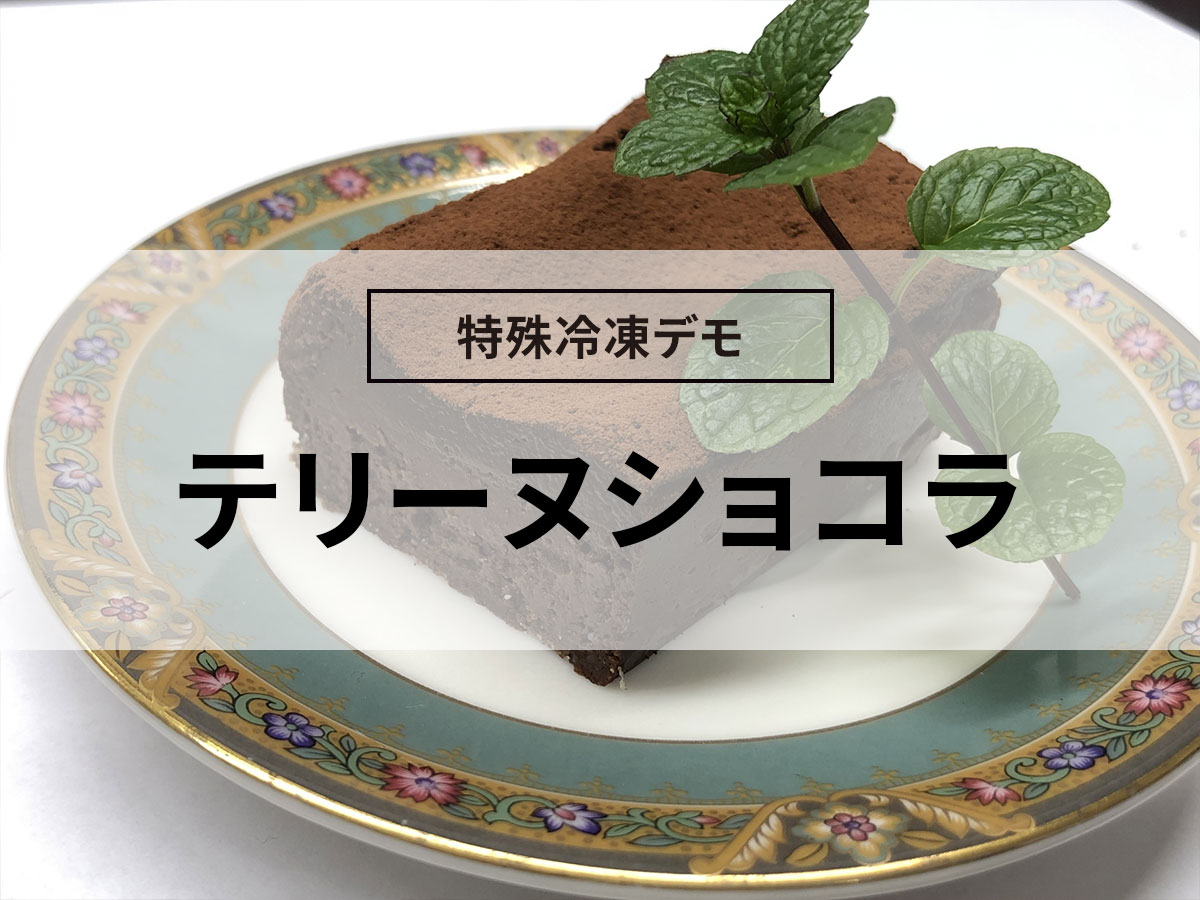
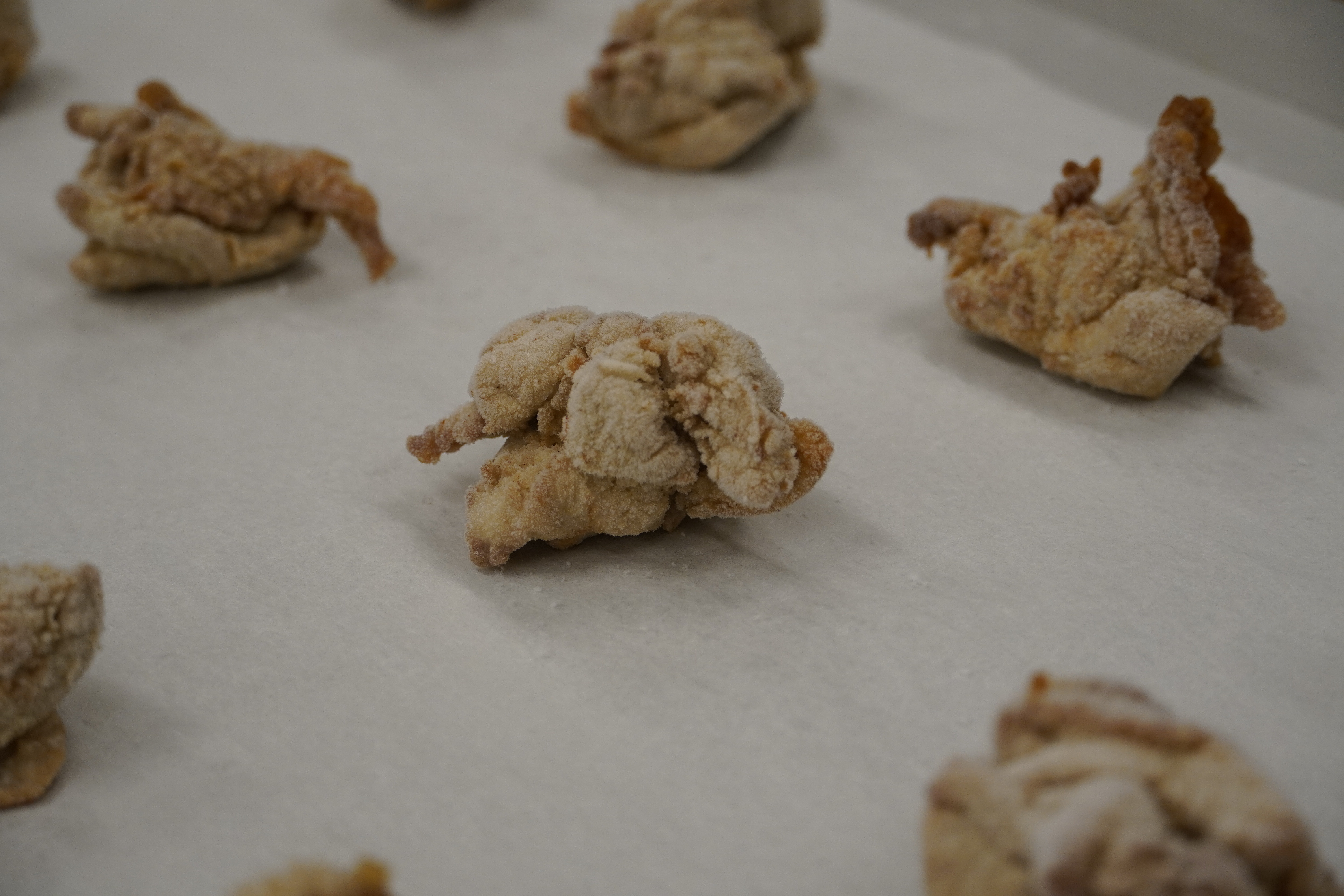
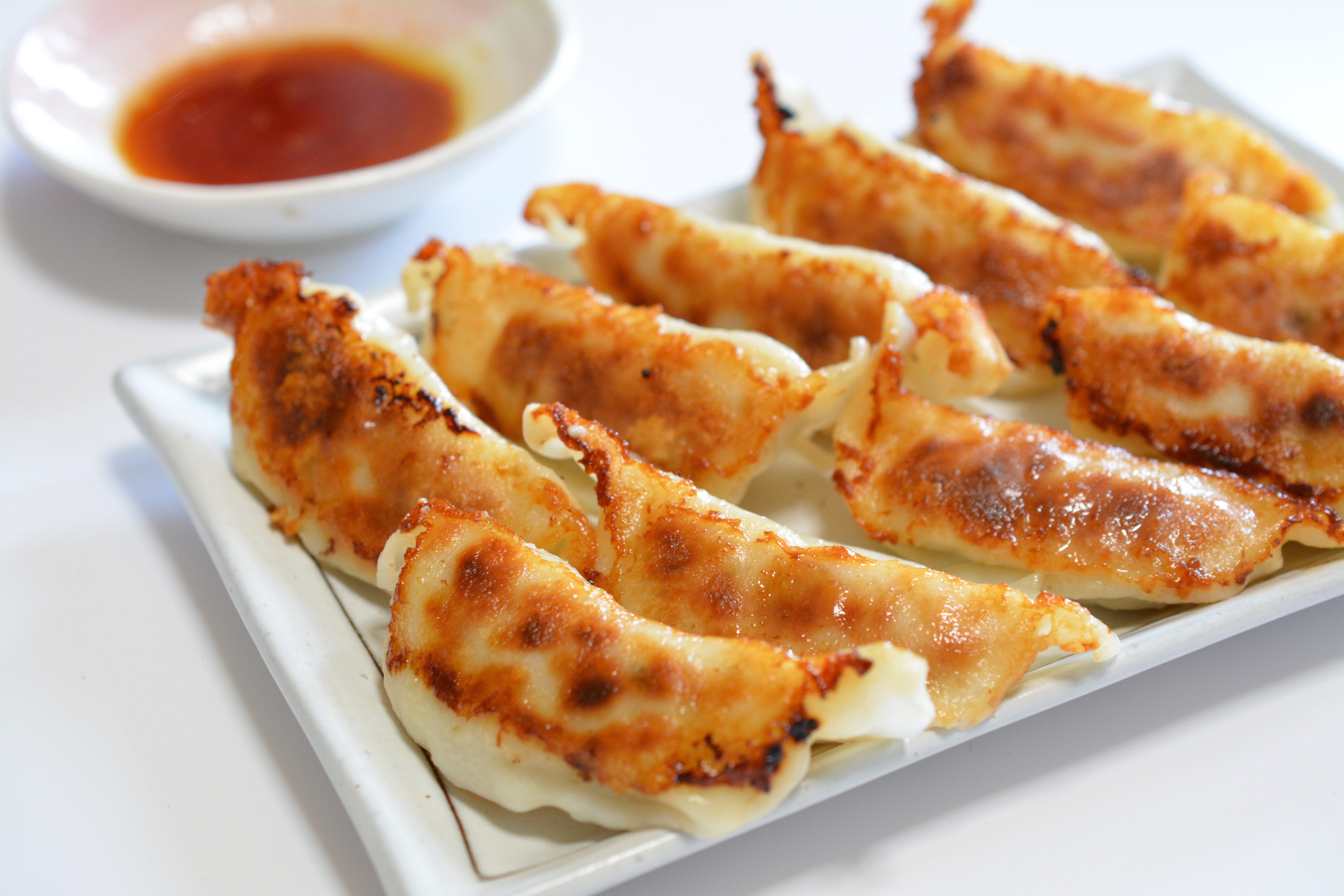
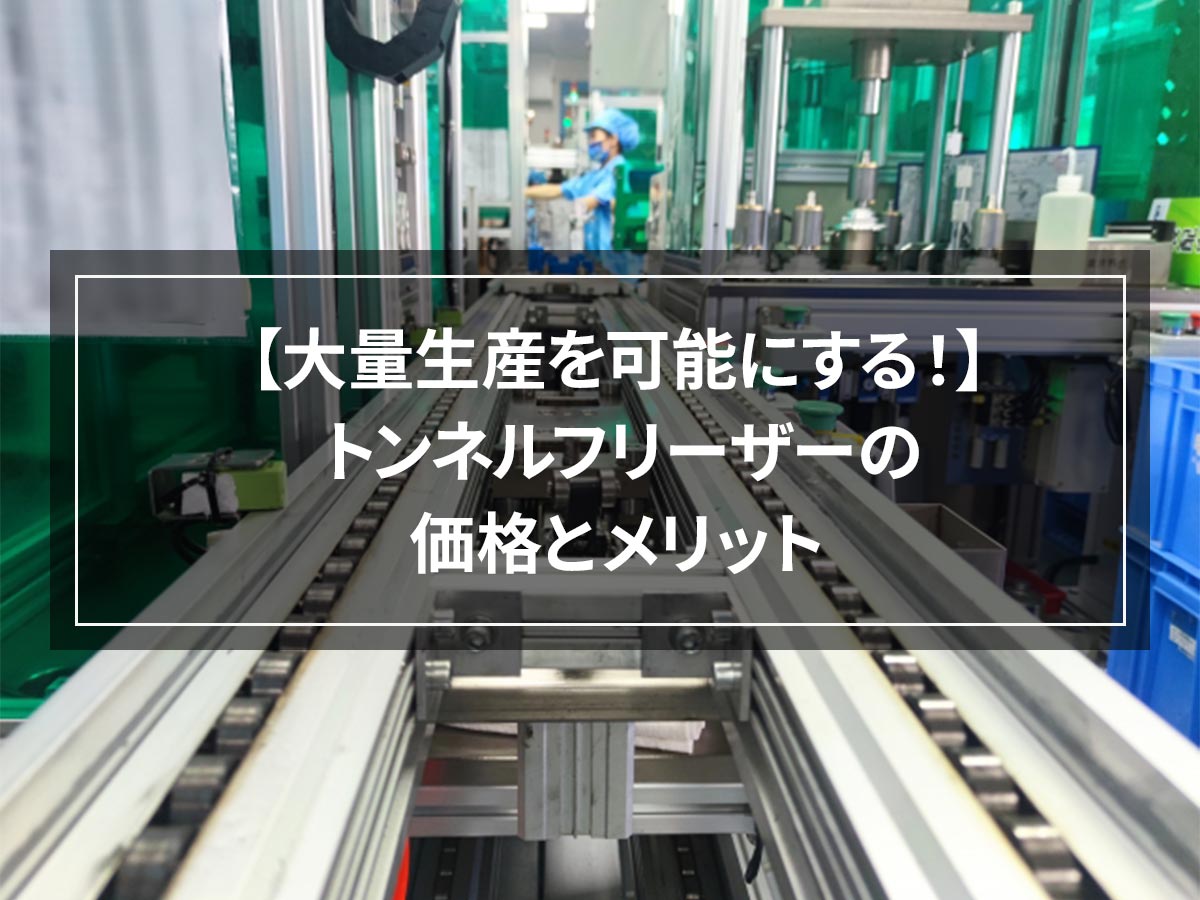
![[A must-see for restaurants that serve rice] What is rapid freezing that can preserve rice for a long time?](https://shunkashutou.com/wp-content/uploads/2024/05/c62e7b670b6a349aa31ef2d681a21137.webp)
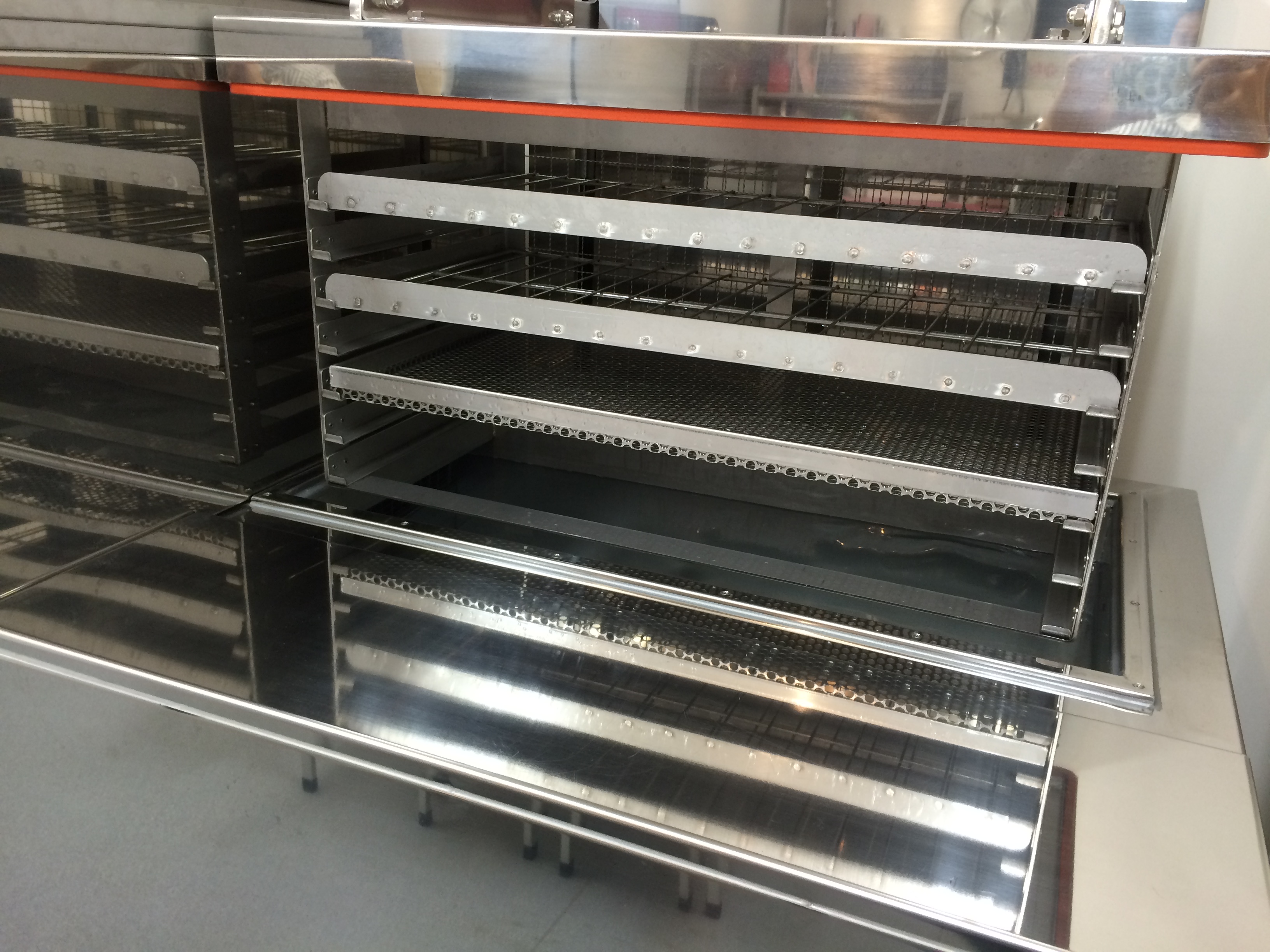
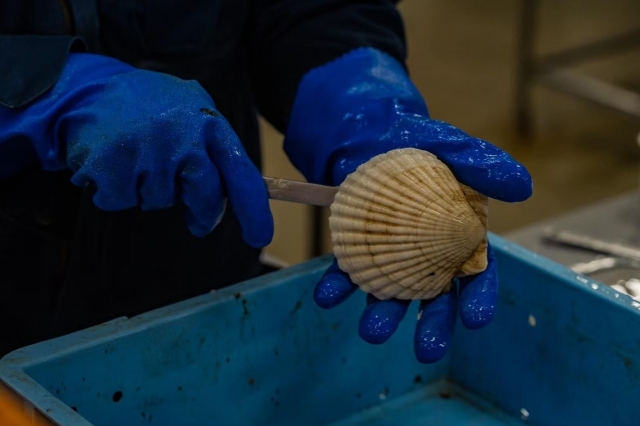
![[Delicious food] Solving nursing home management issues with freezing and cooling technology](https://shunkashutou.com/wp-content/uploads/2024/08/7cabe275da8be8736f4496b952bde332.webp)
